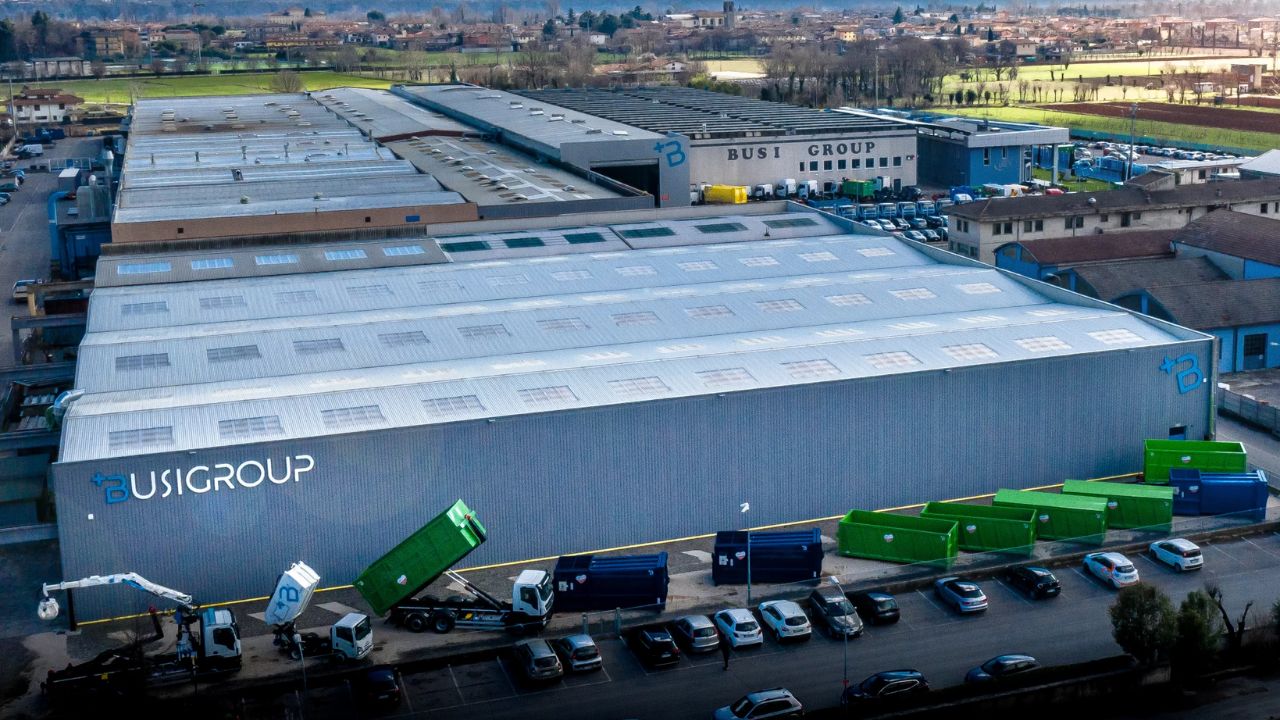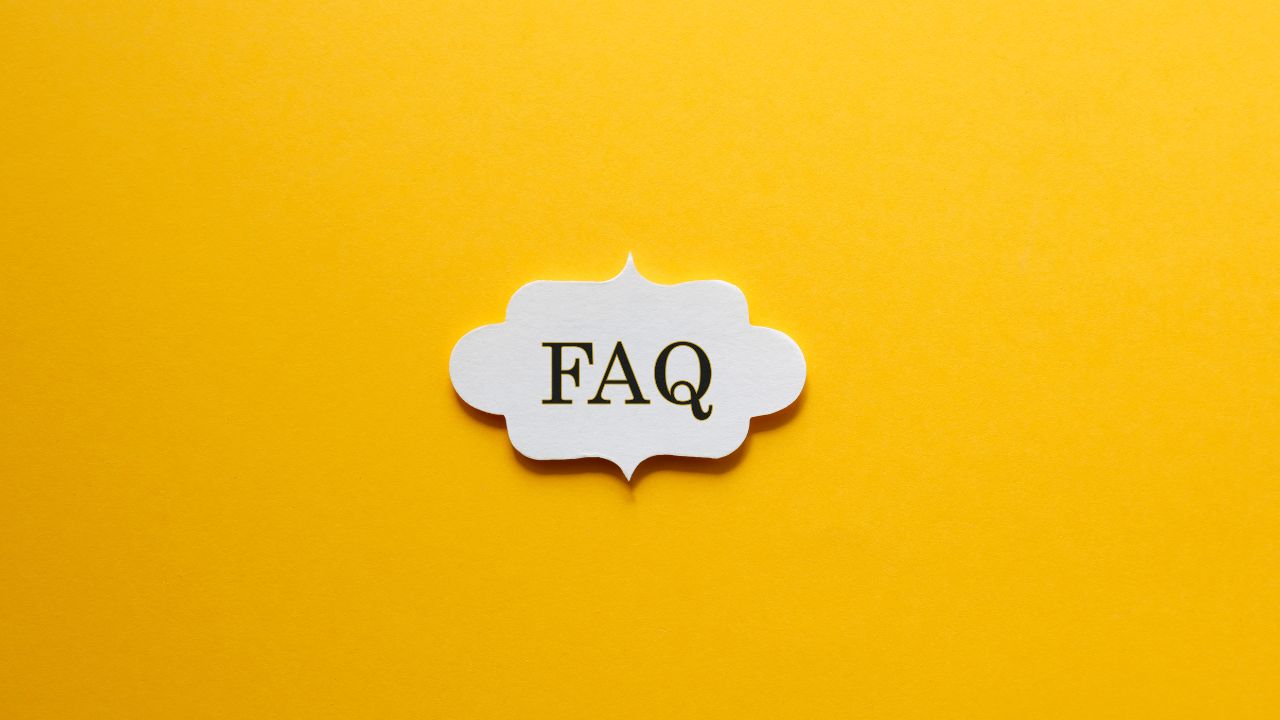Take the initiative: “One-Touch & Go” as a workflow strategy

Indice
In the dynamic world of work, finding the key to high productivity and deep satisfaction is an ongoing quest.
You’ve probably experienced those moments of “flow”, that magical immersion in a task where time and distractions vanish, giving way to an almost natural efficiency.
But how can we actively cultivate these valuable experiences?
Just as Jannik Sinner responds swiftly to every ball and Serena Williams built her success on decisively closing points, our work can also be greatly impacted by responsiveness and determination in managing small tasks.
The Lean philosophy, with its focus on optimization and waste elimination, provides valuable insights and can help us answer this question:
How can you free your mind and become more productive?
How to free your mind and become more productive: the art of One-Touch & Go
Imagine a tennis match.
The ball arrives precisely, inviting. A skilled tennis player knows that the best moment to strike decisively and direct the ball is at the first bounce. They aim to attack, take the initiative, and, if possible, close the point at the first opportunity, without letting it slip away.
Lingering means losing control, slowing down the game, and potentially missing a winning shot, allowing the opponent to regroup and potentially turn the situation around.
This powerful image helps us understand how to free our minds and become more productive using the “One-Touch & Go” principle. Transferred to our daily work, this principle encourages us to address and resolve small tasks and decisions as soon as they arise, with the mindset of “closing the point” quickly and effectively.

Whether it’s responding to a concise email, giving immediate feedback to help progress, organizing a brief note, or making a quick decision to unblock a process, timely and decisive action has a surprising impact on our ability to achieve flow.
Seizing the moment to take control of the game: the mistake of hesitation in tennis and its impact on work productivity.
Returning to the tennis analogy, what happens if the player hesitates, does not immediately take the opportunity to hit the ball with the intention of taking control of the exchange and directing the point, or even ignores it momentarily?
The consequences may be manifold:

Loss of control

Increase in difficulty

Loss of opportunity

Accumulation of pressure
Similarly, at work, hesitating or failing to seize opportunities quickly to tackle small tasks and decisions with the aim of advancing work (“not doing the One-Touch & Go” meant as quick and targeted action) leads to similar consequences:
- Loss of control over workflow: small pending tasks, if not addressed in a timely manner, can quickly accumulate, disrupting the workflow dedicated to more important tasks. This “inertia” in not acting immediately leads to a loss of control over one’s own agenda and priorities, making it more difficult to focus and progress effectively.
- Increasing complexity: what was initially a simple answer or small decision can become, over time, a more complex problem that requires more time and energy to be solved.
- Loss of efficiency: opportunities to solve a task quickly are missed, leading to more time later recovering and managing the backlog.
- Accumulation of mental stress: unaffected “balls” of work result in recurring thoughts, anxiety about “things to do”, and a general feeling of being overwhelmed, hindering entry into the flow state.
Free your mind for the flow: the impact of One-Touch & Go on productivity
You may think that spending time on these small activities is a waste of valuable time.
In fact, it is exactly the opposite. Unmanaged micro-tasks tend to accumulate, creating a subtle but constant background noise in our minds. They are like small “balls” that bounce incessantly in our mental space, distracting us and making it difficult to fully concentrate on more complex and challenging tasks, those that really allow us to enter the flow.
Adopting the “One-Touch & Go” is like training to be efficient tennis players in managing the incoming “balls”.
It means developing the readiness to respond, to decide, to act immediately when the opportunity presents itself.
This mental agility frees up valuable cognitive resources, creating a larger and quieter inner space, ideal for immersing yourself deeply in the work that matters.

When the mind is clear of small pending tasks, concentration becomes sharper, creativity flows more freely and the feeling of being completely absorbed by the task – the true sign of flow – becomes more accessible.
Take the initiative: a small change, a big impact (and an invitation to deepen)
Try to consciously apply the “One-Touch & Go” principle in your work routine.
The next time you are faced with a task that can be completed quickly, act now.
Observe how this small change can reduce your mental load and improve your ability to concentrate. You may be surprised how this “proactive move” can make a difference, unlock your potential and lead you more often into that sought-after state of flux that makes work not only more productive but also deeply rewarding.
If you are interested in further exploring the principles of Lean Lifestyle and finding out how to apply them to optimize your work and personal life, we invite you to delve into books on the subject, such as “The Lean Lifestyle Strategy for Businesses” by Luciano Attolico.
Read more
Prossimi eventi








